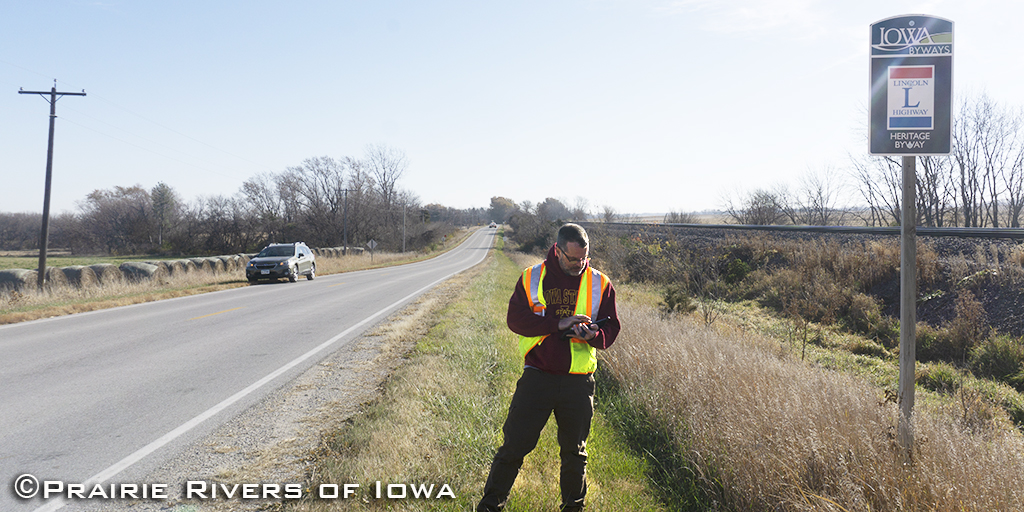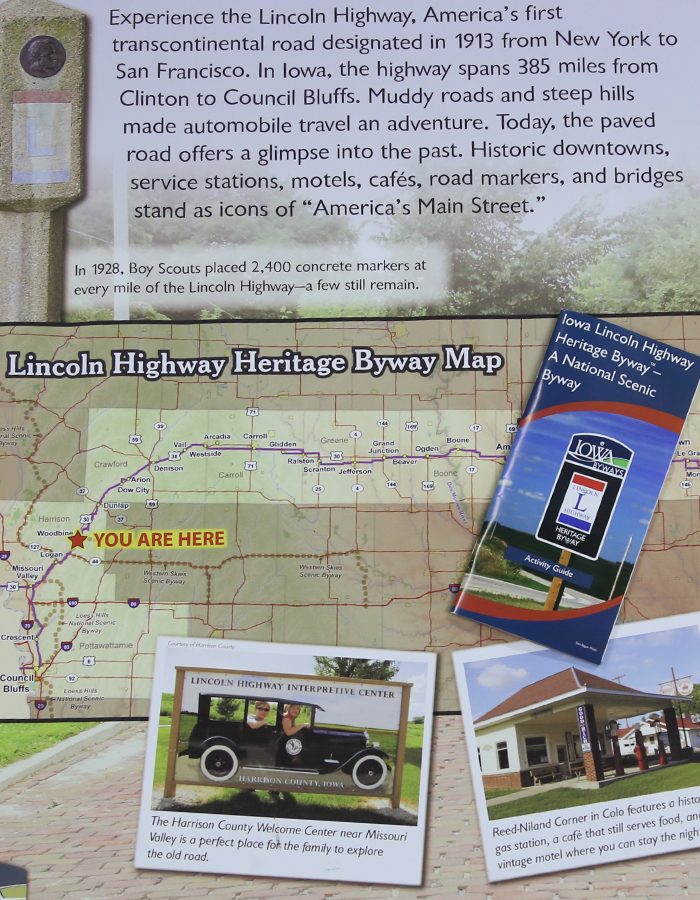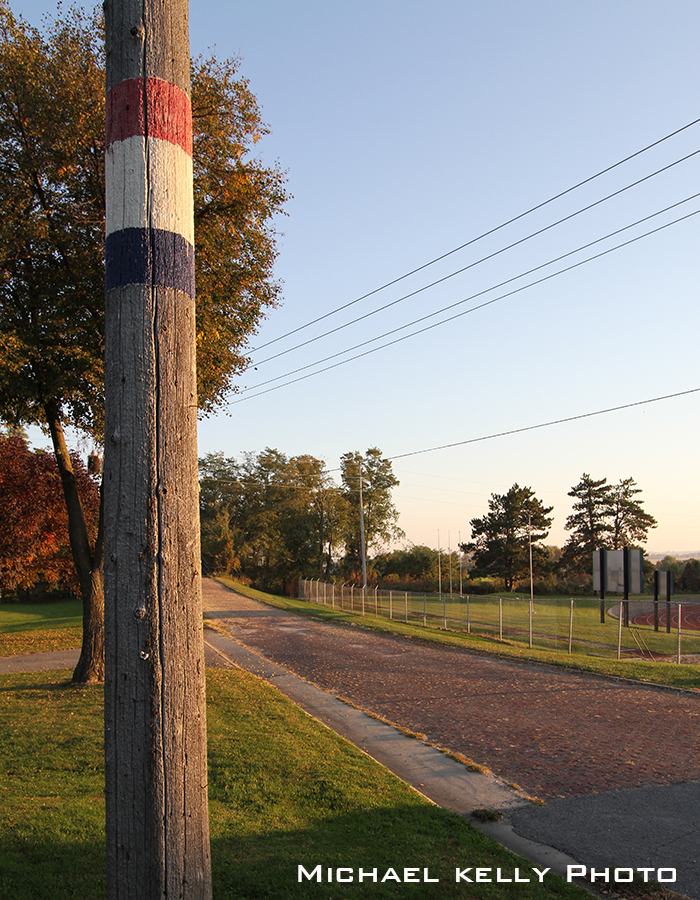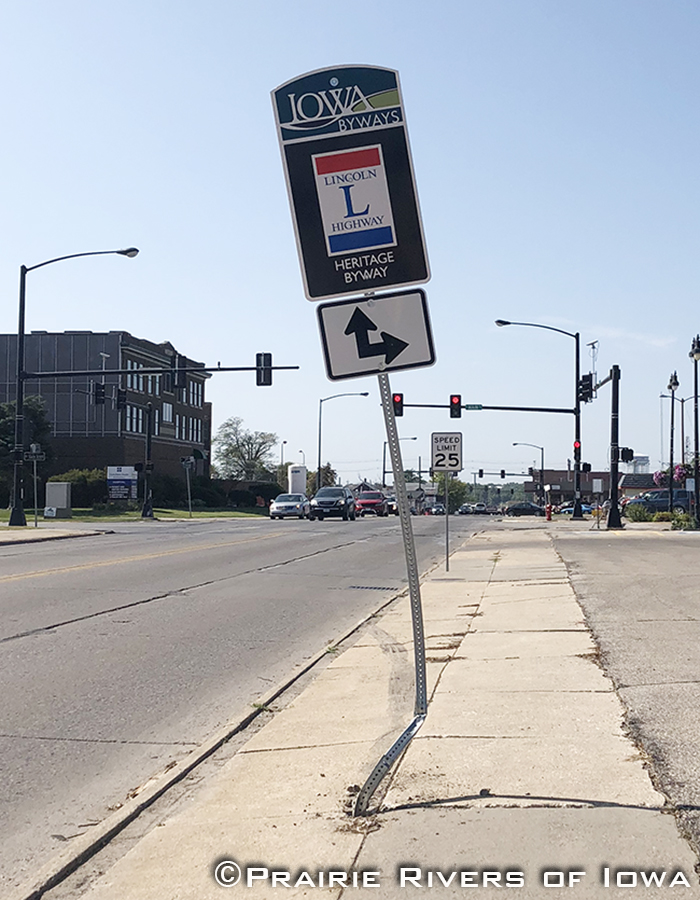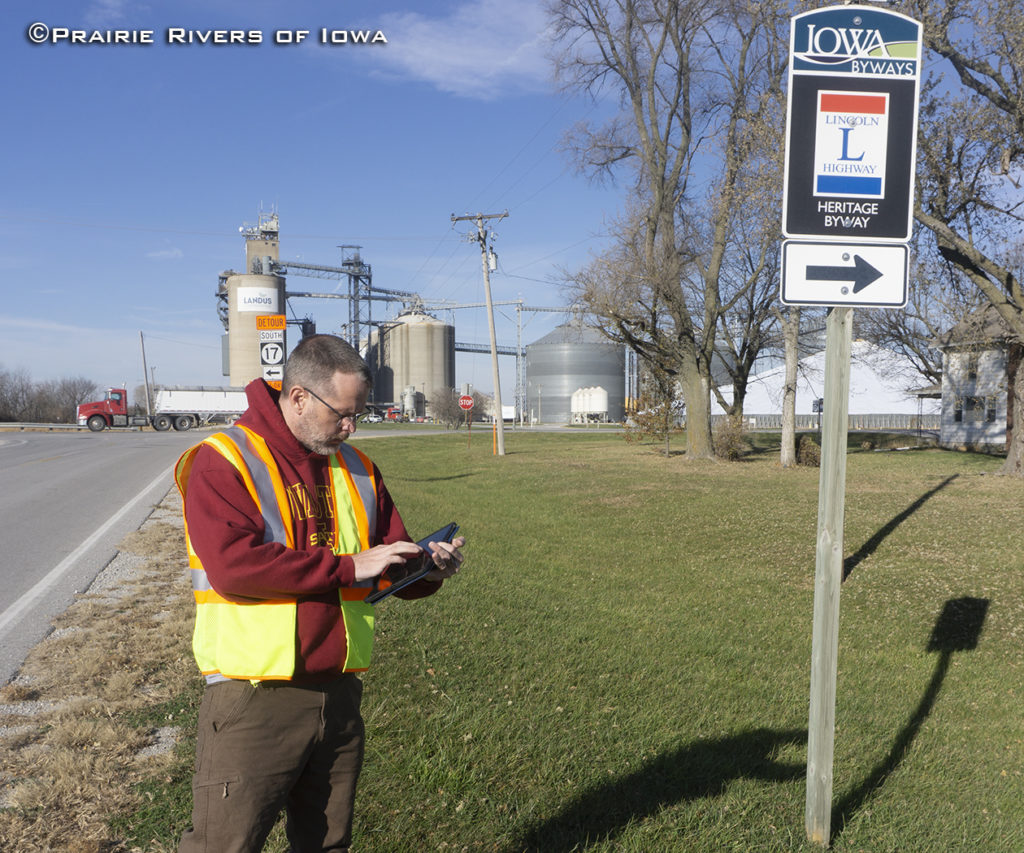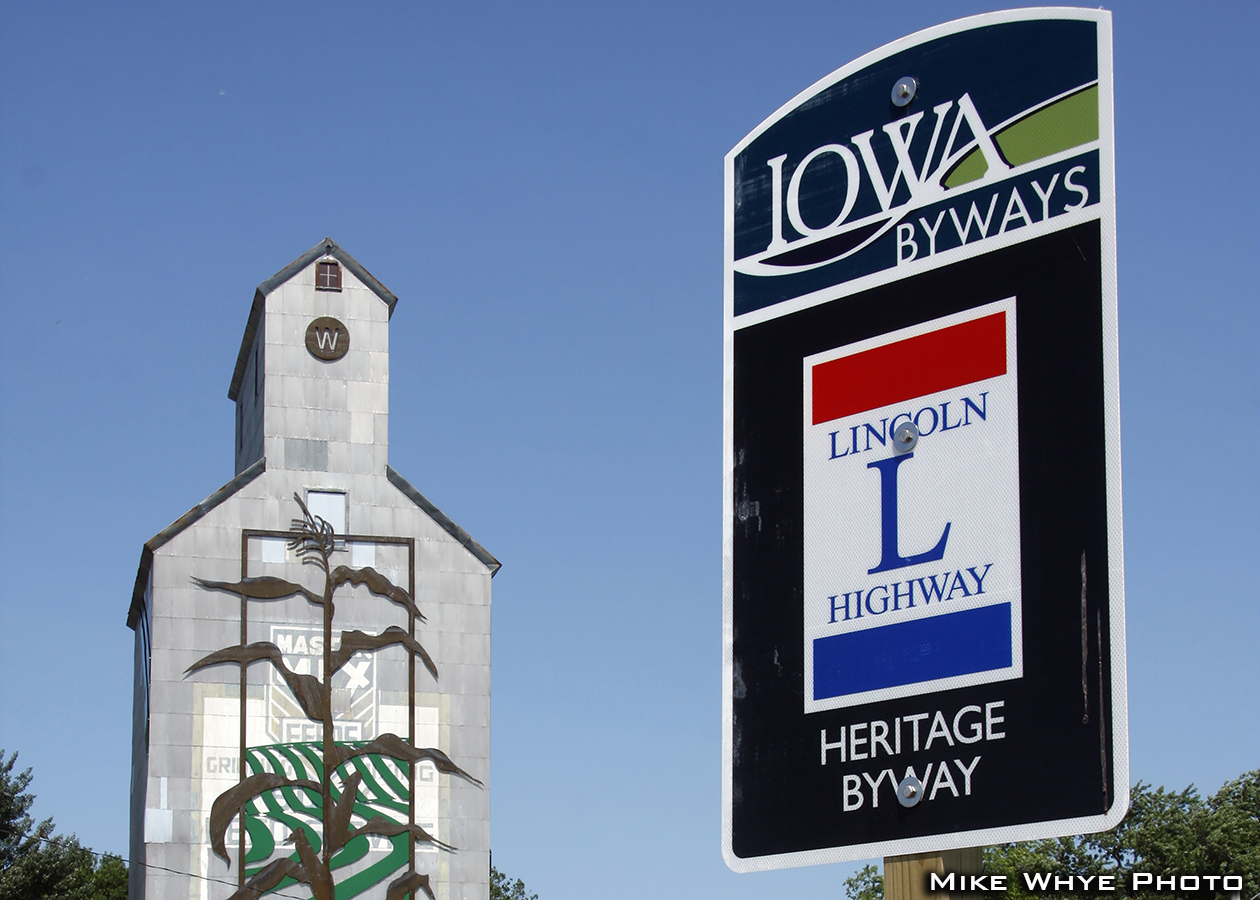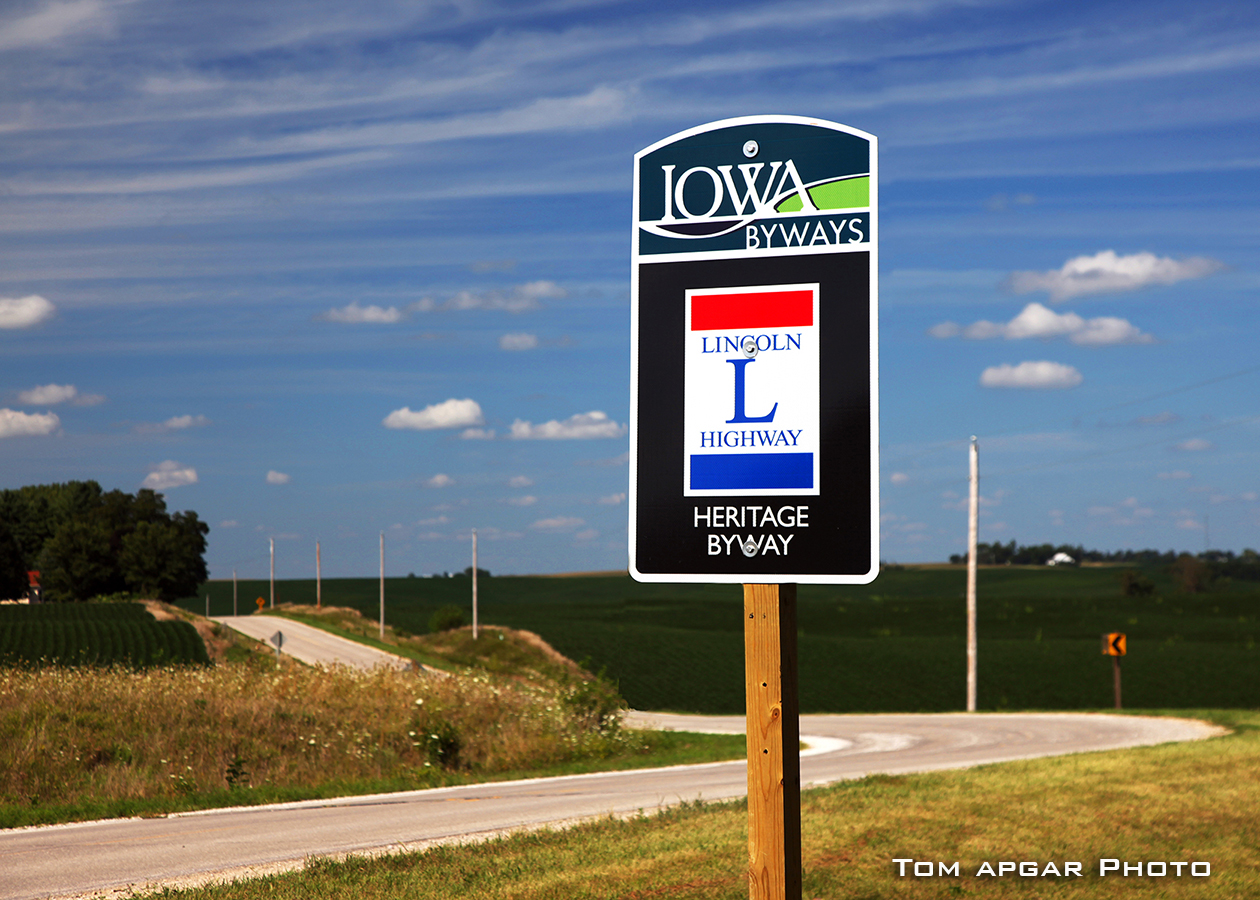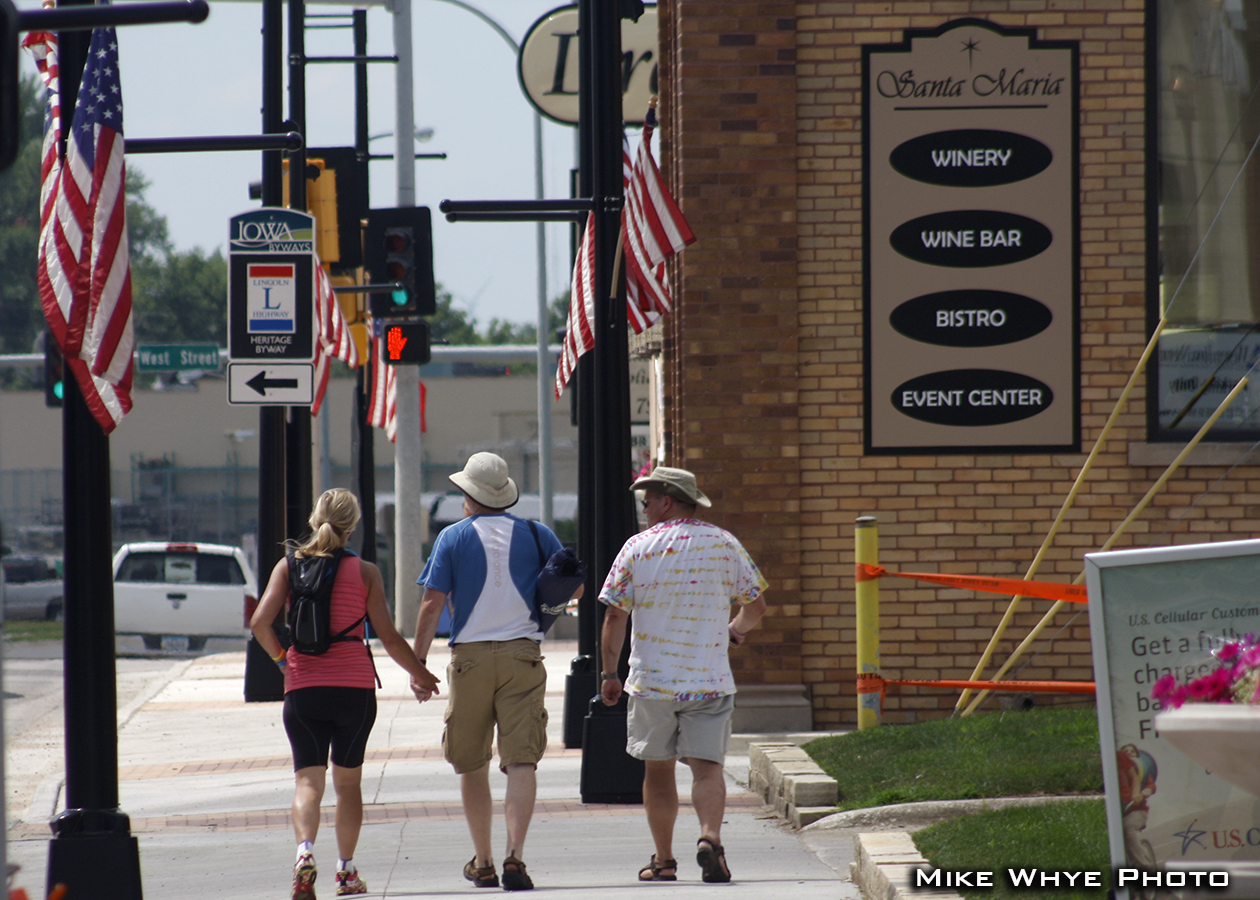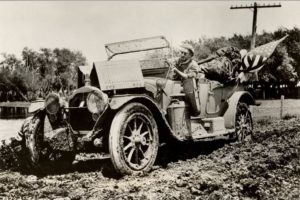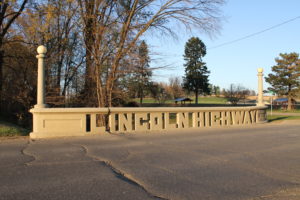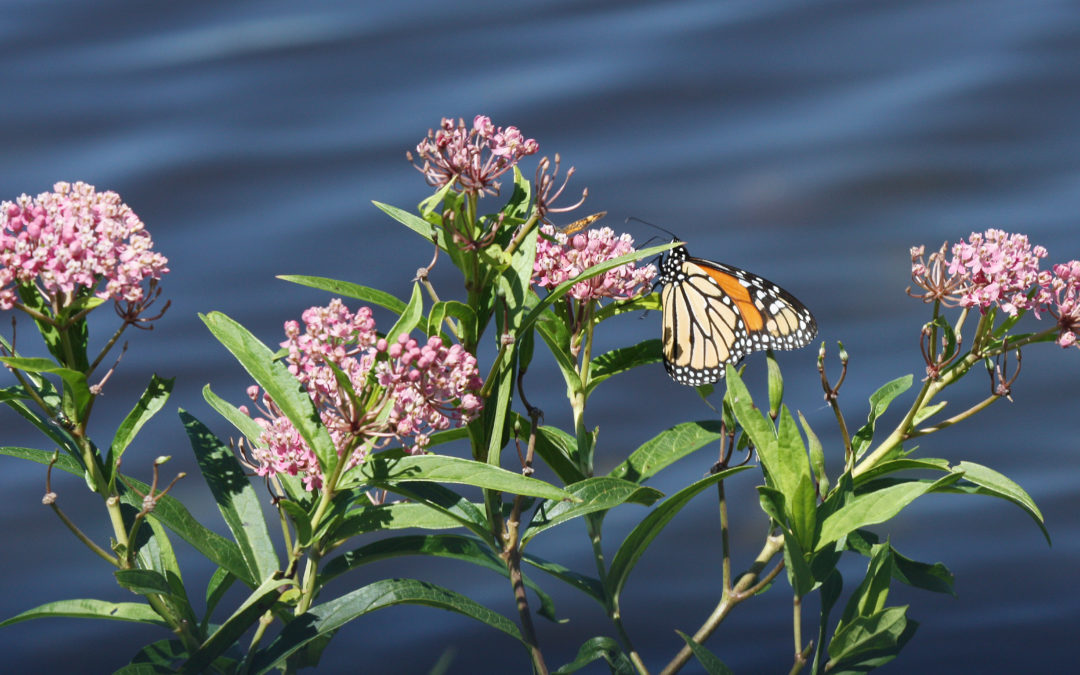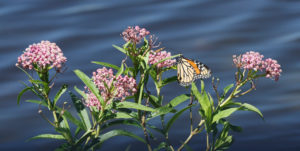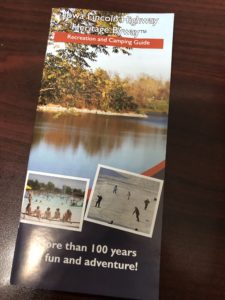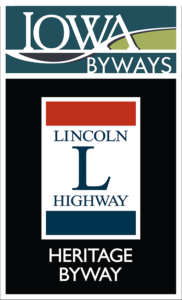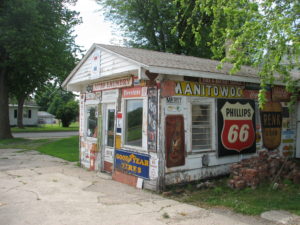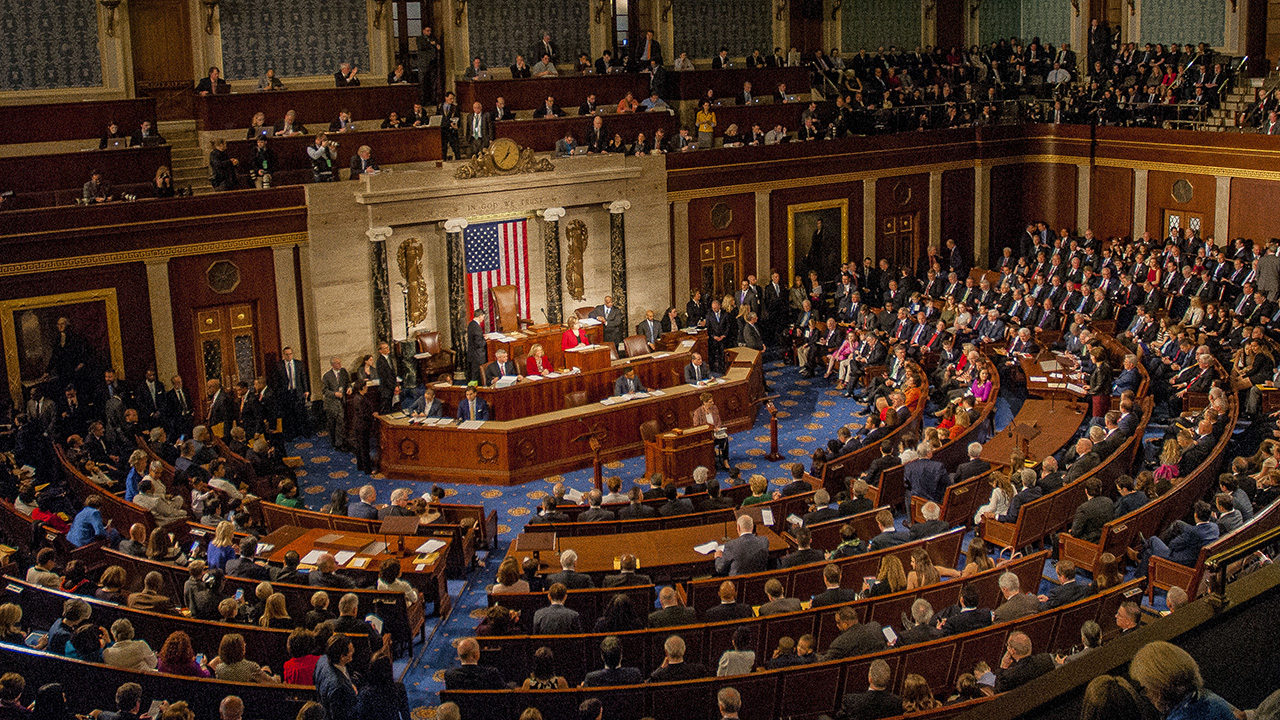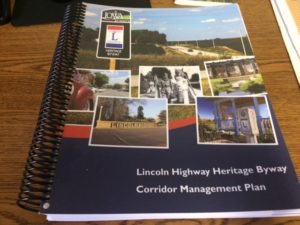
Two from Prairie Rivers Obtain Certified Professional Guide Titles
Two people from Prairie Rivers of Iowa (PRI) recently added Certified Professional Guide titles to their names through the Iowa State University Extension and Outreach’s Professional Guide Certification Program. Jeanie Hau, PRI’s byway Coordinator and Shellie Orngard, a Special Projects contractor, made presentations to State Tourism Specialist Diane Van Wyngarden as the final step in the certification process.
“To be able to share the stories of the people who have lived along our byways in the most interesting and engaging way possible was the reason I sought this certification.” Hau said. Her presentation was about Charlie Reed and how the Lincoln Highway and the Jefferson Highways (which meet at the corner of where his farm was) enhanced his life and the people who he met at this crossing.
“I am committed to historic preservation along the Lincoln Highway in Iowa, and being able to tell the stories of the people and places along the Lincoln is the first step toward preservation,” Orngard said. Her presentation focused on the establishment and first decade of the Lincoln Highway, a story told through the traveling exhibit “Promise Road: How the Lincoln Highway Changed America,” she created in 2022 with funding from the Iowa Department of Cultural Affairs.
Professional Guide Certification candidates complete a training program of best practices to deliver quality experiences to visitors. The final certification process is conducted at each individual’s location of choice, where they must effectively demonstrate the professional guide practices most appropriate for their unique organization or attraction. Individuals who achieve Professional Guide Certification work to provide quality Iowa visitor experiences, and earn certification from Iowa State University.
Hau’s and Orngard’s names have been added to a statewide list of certified guides. To see the list or get more information about Iowa State University Extension and Outreach’s professional guide training workshop and certification program, see https://go.iastate.edu/VAX4FG or contact ISU Extension Tourism Specialist, Diane Van Wyngarden at dvw@iastate.edu.



